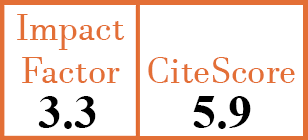Brief Papers
The COBRA trial 20 years later
M. Boers
CER5011
2011 Vol.29, N°5 ,Suppl.68
PI 0046, PF 0051
Brief Papers
Free to view
(click on article PDF icon to read the article)
PMID: 22018183 [PubMed]
Received: 18/08/2011
Accepted : 14/09/2011
In Press: 21/10/2011
Published: 21/10/2011
Abstract
This article provides a perspective on the immediate and follow-up results of the COBRA trial that compared the combination of step-down prednisolone, methotrexate and sulfasalazine with sulfasalazine monotherapy in early rheumatoid arthritis (RA). The combination provided immediate relief of symptoms and signs of RA, but the clinical benefit compared to monotherapy appeared mostly dependent on low-dose glucocorticoid therapy that was mandatorily discontinued after 28 weeks. Strong benefit was apparent in the slowing of joint damage progression, and this effect persisted for over 10 years despite uncontrolled therapy after the trial period. In the trial toxicity of COBRA was less than monotherapy, and long-term safety of the regimen was comparable to regimens that do not include glucocorticoids. COBRA was the first study to validate the `reverse-pyramid` concept in RA, and helped to establish the idea of a window of opportunity where the prognosis of RA may be altered with early and intensive therapy. Subsequent studies have shown COBRA is feasible in practice, acceptable to patients, and has efficacy similar to the combination of TNF inhibition and high-dose methotrexate, at a fraction of the cost.


